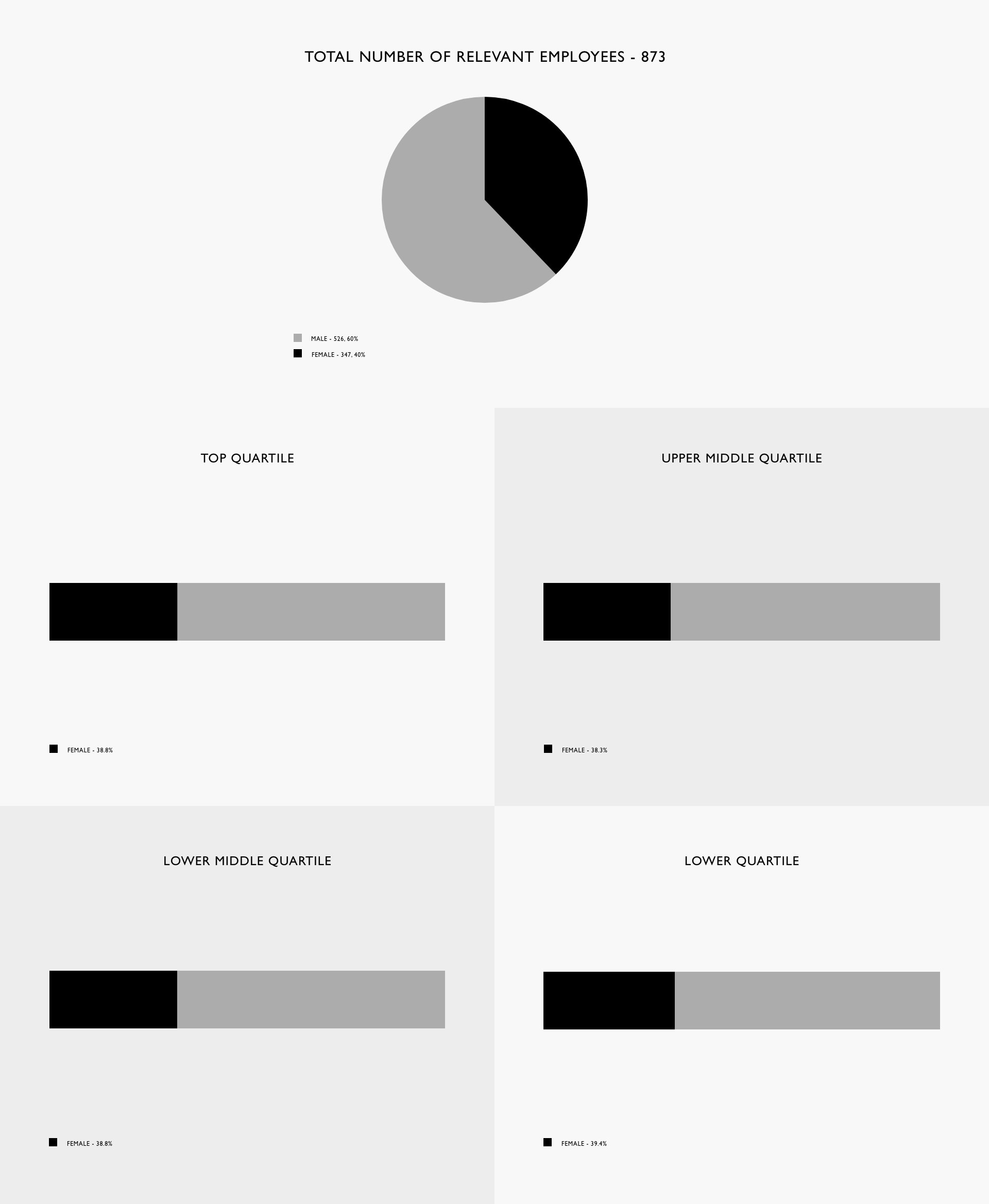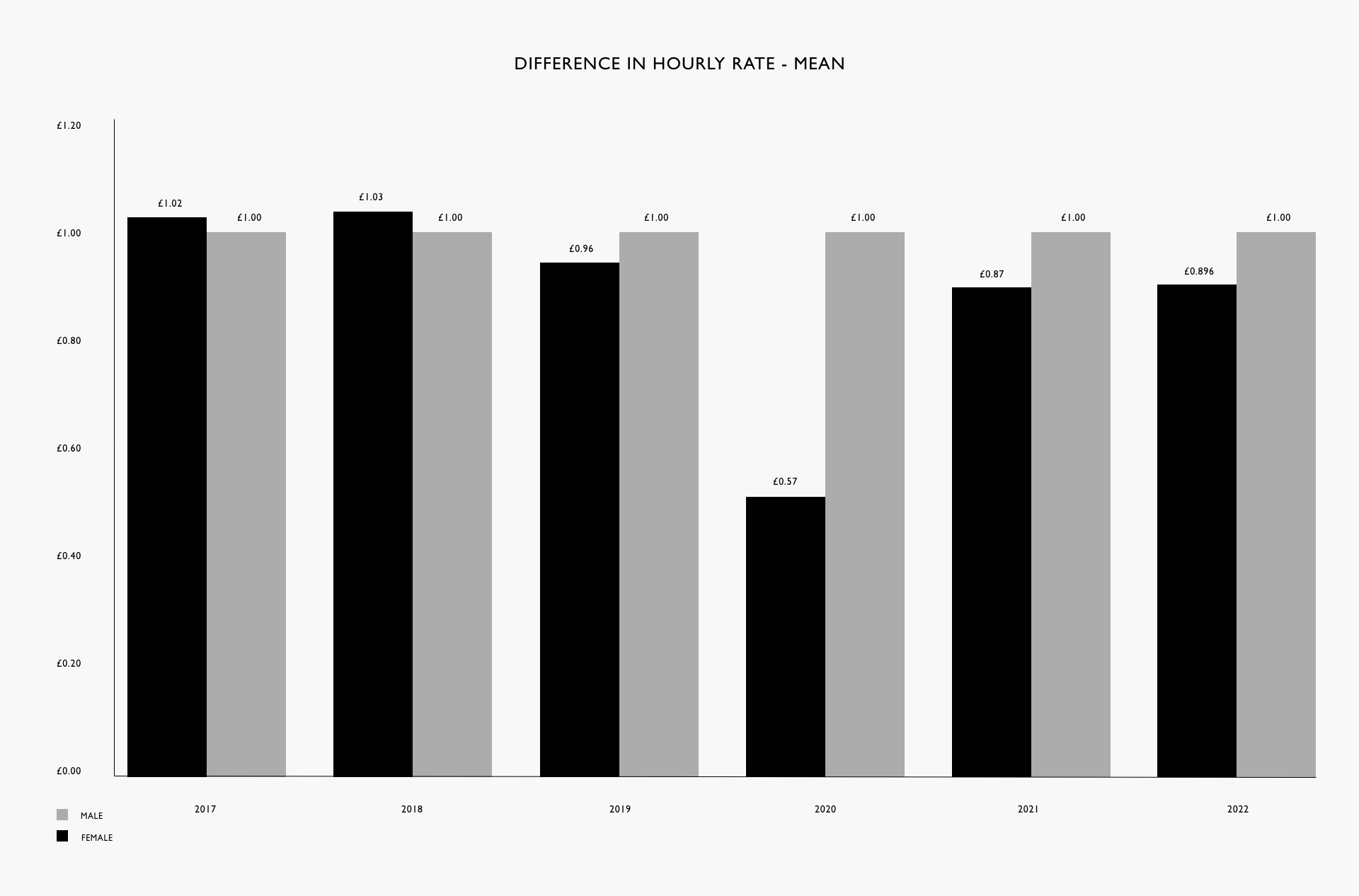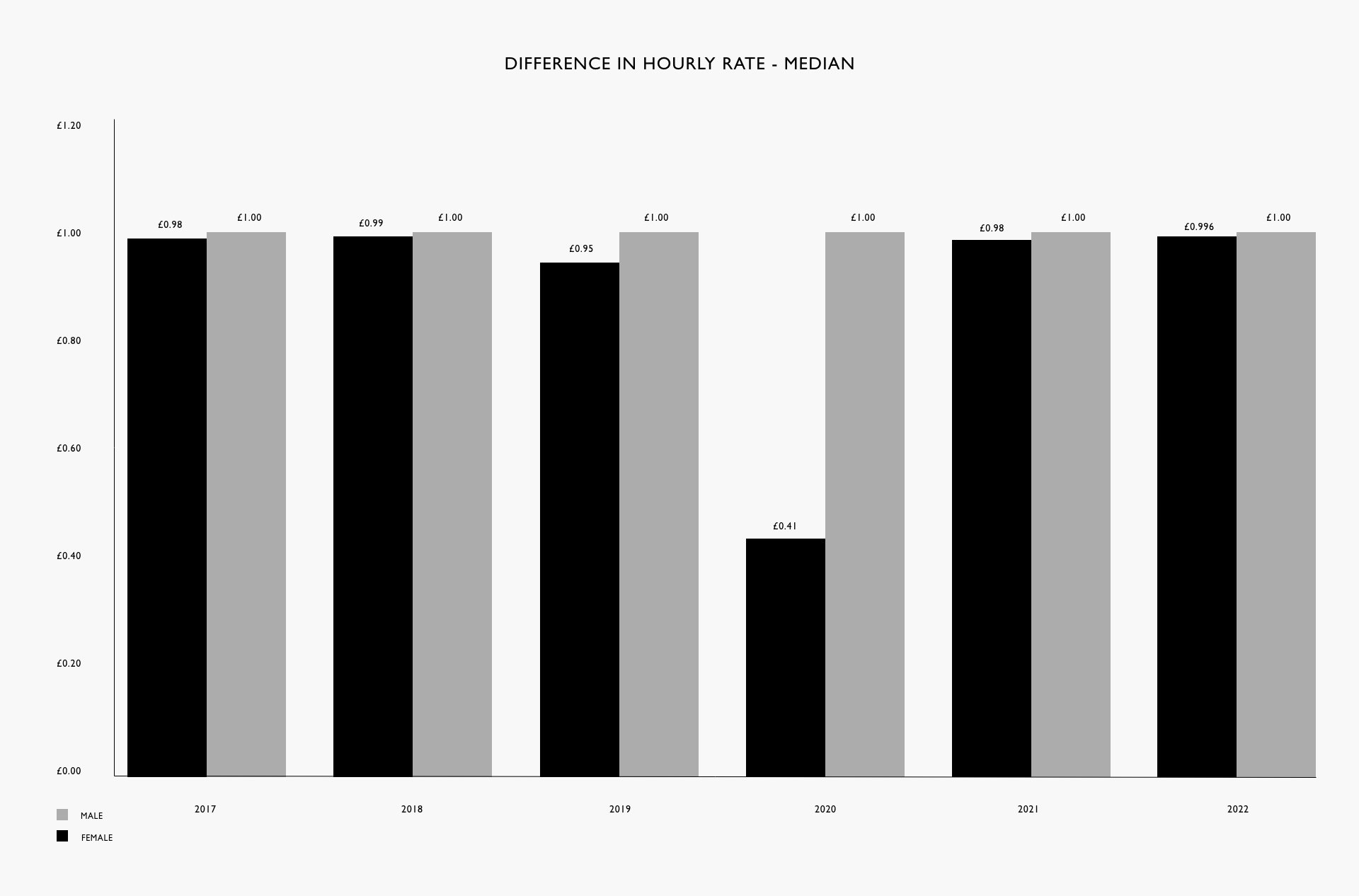Gender Pay Report
Covering 1st April 2021 to 31st March 2022.
Introduction
At Moss we value all our employees irrespective of gender. We strongly believe that diversity at every level of our business is vital to our success and continued growth.
We strive to recruit and support a balanced and diverse workforce throughout the business.
The salaries of our employees are reviewed and set according to each role and job responsibility, irrespective of gender. We continue to review our salary structure to ensure we offer competitive salaries for every member of the Moss team in line with the rest of the retail industry.
The results below are based on a snapshot on 5th April 2022.
Our Findings
The Office for National Statistics (ONS) has stated that changes in the composition of the workforce and the impact of the Coronavirus Job Retention Scheme (Furlough) during the global Covid-19 pandemic has made the interpretation of data over this period difficult.
The ONS confirms that in 2022, the gap among full-time employees increased to 8.3%, up from 7.7% in 2021. This is still below the gap of 9.0% before the coronavirus pandemic in 2019. Estimates for 2020 and 2021 are subject to more uncertainty and the ONS recommends a focus on the longer-term trend. Among all employees, the gender pay gap decreased to 14.9%, from 15.1% in 2021, but is still below the levels seen in 2019 (17.4%).
Gender Demographic
The data below shows the proportion of men at all levels across the company and this shows a percentage decrease compared to the previous year. It should be noted that during this period the business was rebuilding post the global pandemic, so there is a 51% increase in the total headcount year on year.


Gender Pay Gap
The table below displays the gender pay gap, both mean and median and captures the difference between the hourly rate of male and female employees. As previously reported, in April 2021 all Retail salaries and structure were reviewed and amended as appropriate. This annual review process was applied again in April 2022.


Difference in hourly rates
Women’s mean hourly rate is 10.4% lower than men’s
– In other words when comparing mean hourly rates, women earn 89.6p for every £1 that men earn
Women’s median hourly rate is 0.4% lower than men’s
– In other words when comparing median hourly rates, women earn 99.6p for every £1 that men earn
Gender Bonus Gap
The results below are based on the bonus payments (including commission) to employees in 2021-22.
Who received bonus pay:
77.2% of Women
88.2% of Men
Difference in bonus pay:
Women’s mean bonus pay is 52.7% lower than men’s
Women’s median bonus pay is 20.2% lower than men’s
Our Aim, Our Commitment For The Future
At Moss we are committed to reducing gender pay disparity across our business and we recognize the impact that the global Covid-19 pandemic has had on gender equality at work. We have re-built our business over this period, which could not have been possible without the dedication of our team and as a business we are proud of the legacy of our brand.
We have embarked on a project to review our core Company values as we re-position our brand and a key focus of this project is to ensure we continue to work to create a balanced and inclusive culture, where all of our colleagues have equal opportunity and feel valued and motivated. One of the initial focus areas for the current financial year is to focus on our talent strategy, to ensure greater diversity at all levels and to ensure that access to opportunities is fair for all our colleagues. We are investing in our learning and development strategy and again this will focus on creating opportunity for all and developing our talent pipeline, to include learning and coaching opportunities for all colleagues. We continue to support flexible working opportunities where possible, to support all our colleagues, with their personal commitments.
We remain committed to providing a fair and diverse work environment to support the needs of our business, colleagues and our customers.